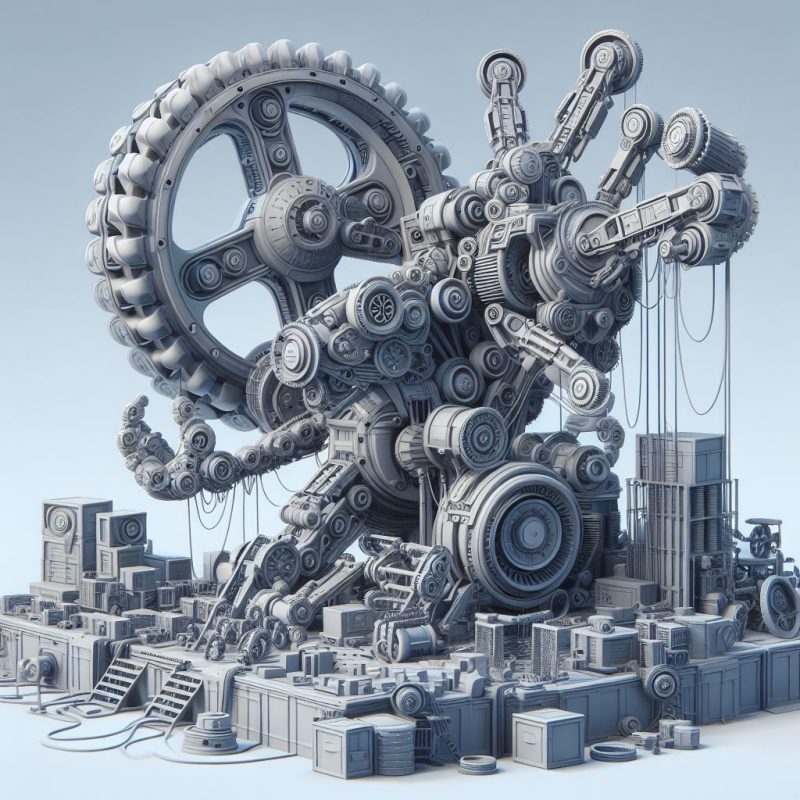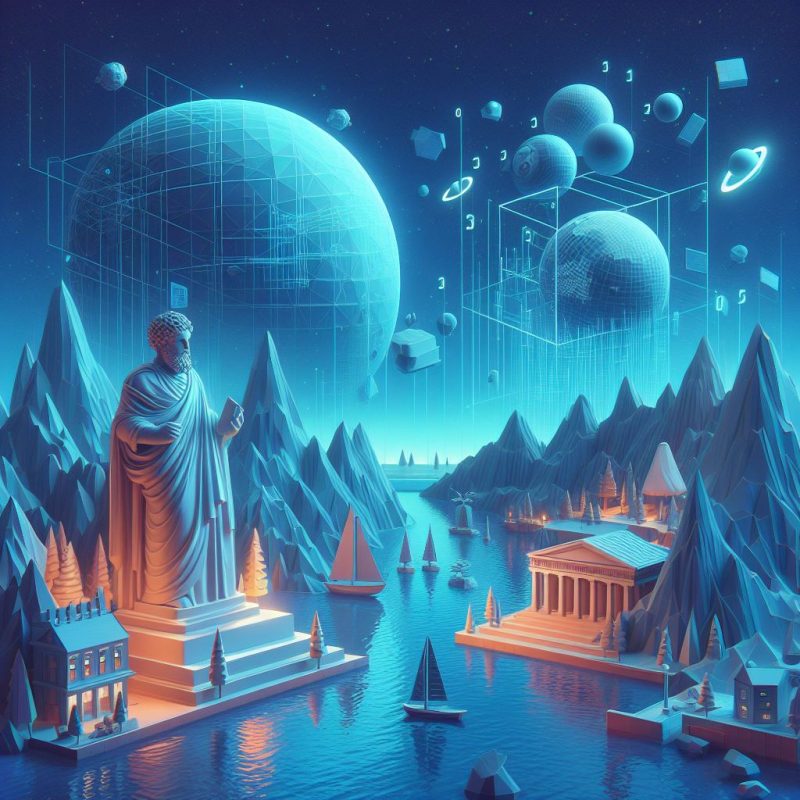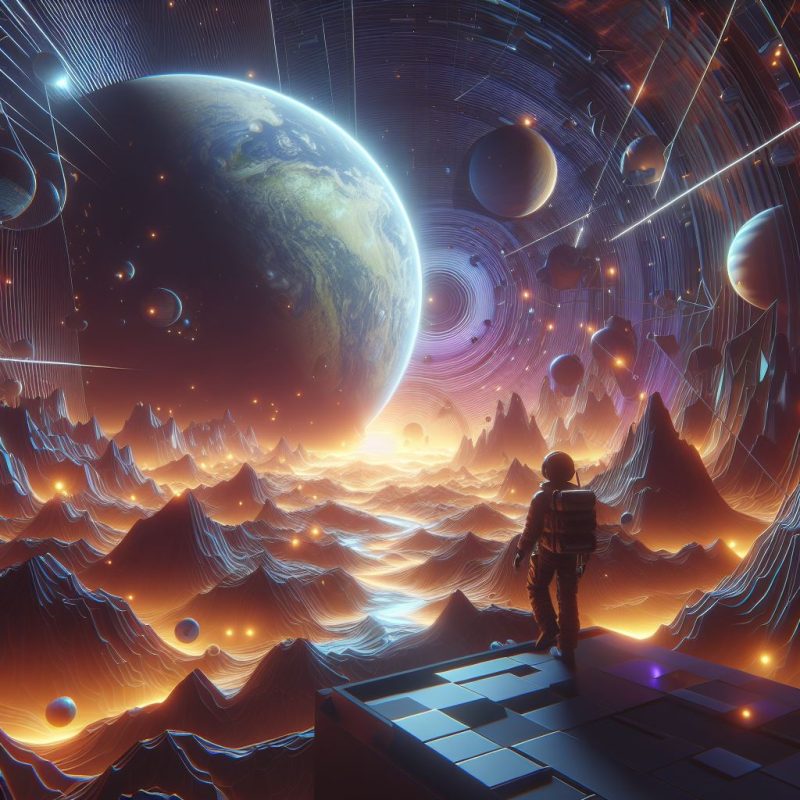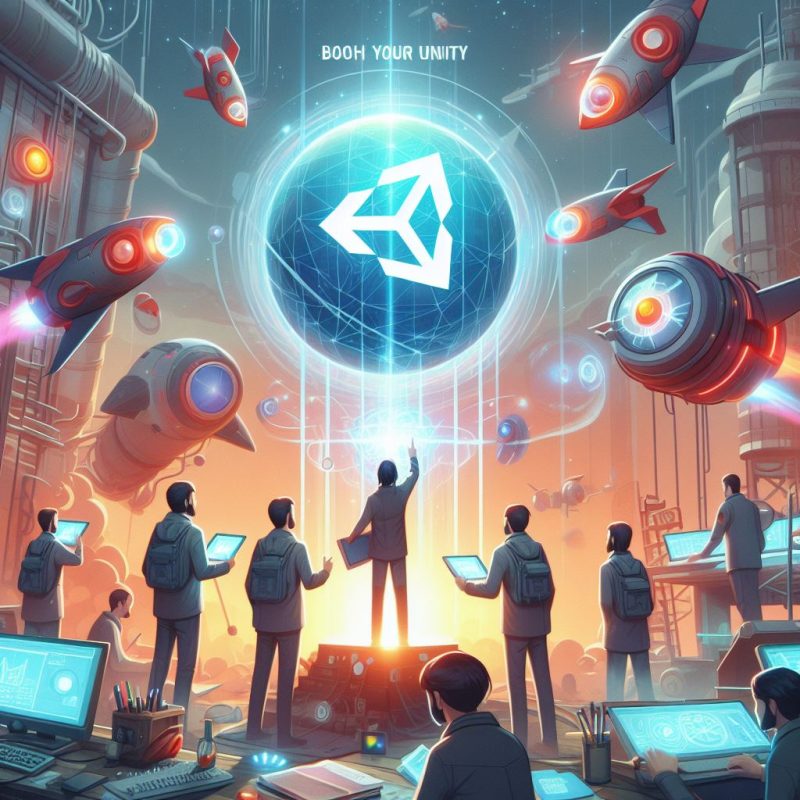3D space is a concept that refers to the representation of shapes and objects in a three-dimensional coordinate system. 3D space can be used to create realistic and immersive graphics, animations, and interactions for web development. In this article, we will explore some basic concepts and techniques of 3D space, such as coordinate systems, transformations, projections, and rendering. We will also use some code examples to demonstrate how to use a popular JavaScript library, Three.js, to create and manipulate 3D objects in a web browser.
What is 3D Space?
3D space is a mathematical model that describes the position and orientation of points, lines, planes, and shapes in a three-dimensional environment. 3D space can be visualized as a cube with three axes: x, y, and z. Each axis represents a dimension of space, and each point in 3D space can be identified by a set of three coordinates: (x, y, z).
3D space can be used to model real-world objects and scenes, such as buildings, landscapes, characters, and vehicles. 3D space can also be used to create abstract and artistic shapes and forms, such as fractals, curves, and surfaces. 3D space can enhance the visual appeal and interactivity of web applications, such as games, simulations, and educational tools.
How to Work with 3D Space?
To work with 3D space, we need to understand some basic concepts and techniques, such as:
- Coordinate systems: A coordinate system is a set of rules that defines how to measure and locate points in 3D space. There are different types of coordinate systems, such as Cartesian, spherical, and cylindrical. Each coordinate system has its own advantages and disadvantages, depending on the context and purpose of the application.
- Transformations: A transformation is a process that changes the position, orientation, size, or shape of an object in 3D space. There are different types of transformations, such as translation, rotation, scaling, and shearing. Each transformation can be represented by a matrix, which is a rectangular array of numbers that encodes the transformation rules.
- Projections: A projection is a process that converts a 3D object into a 2D image, which can be displayed on a screen. There are different types of projections, such as orthographic, perspective, and isometric. Each projection has its own characteristics and effects, such as distortion, depth, and perspective.
- Rendering: A rendering is a process that generates the final image of a 3D scene, which can include lighting, shading, texturing, and other visual effects. There are different methods and algorithms for rendering, such as rasterization, ray tracing, and radiosity. Each rendering method has its own trade-offs between speed, quality, and realism.
How to Use Three.js?
Three.js is a JavaScript library that simplifies the creation and manipulation of 3D objects in a web browser. Three.js provides a high-level API that abstracts away the low-level details of WebGL, which is a web standard that enables 3D graphics in a browser. Three.js also provides a variety of features and utilities, such as geometries, materials, lights, cameras, scenes, animations, loaders, and controls.
To use Three.js, we need to include the library in our HTML file, and then write some JavaScript code to create and render our 3D scene. Here is a basic example of how to use Three.js:
<html>
<head>
<script src="https://cdnjs.cloudflare.com/ajax/libs/three.js/r128/three.min.js"></script>
</head>
<body>
<script>
// Create a scene
var scene = new THREE.Scene();
// Create a camera
var camera = new THREE.PerspectiveCamera(75, window.innerWidth / window.innerHeight, 0.1, 1000);
camera.position.z = 5;
// Create a renderer
var renderer = new THREE.WebGLRenderer();
renderer.setSize(window.innerWidth, window.innerHeight);
document.body.appendChild(renderer.domElement);
// Create a geometry
var geometry = new THREE.BoxGeometry(1, 1, 1);
// Create a material
var material = new THREE.MeshBasicMaterial({color: 0x00ff00});
// Create a mesh
var cube = new THREE.Mesh(geometry, material);
// Add the mesh to the scene
scene.add(cube);
// Create an animation loop
function animate() {
requestAnimationFrame(animate);
// Rotate the cube
cube.rotation.x += 0.01;
cube.rotation.y += 0.01;
// Render the scene
renderer.render(scene, camera);
}
// Start the animation
animate();
</script>
</body>
</html>
This code creates a simple 3D scene with a green cube that rotates around its center. You can see the result in the following image:
Conclusion
In this article, we have learned some basic concepts and techniques of 3D space, such as coordinate systems, transformations, projections, and rendering. We have also used some code examples to demonstrate how to use Three.js to create and manipulate 3D objects in a web browser. 3D space can be a powerful and creative tool for web development, and we hope this article has inspired you to explore more possibilities and applications of 3D space.






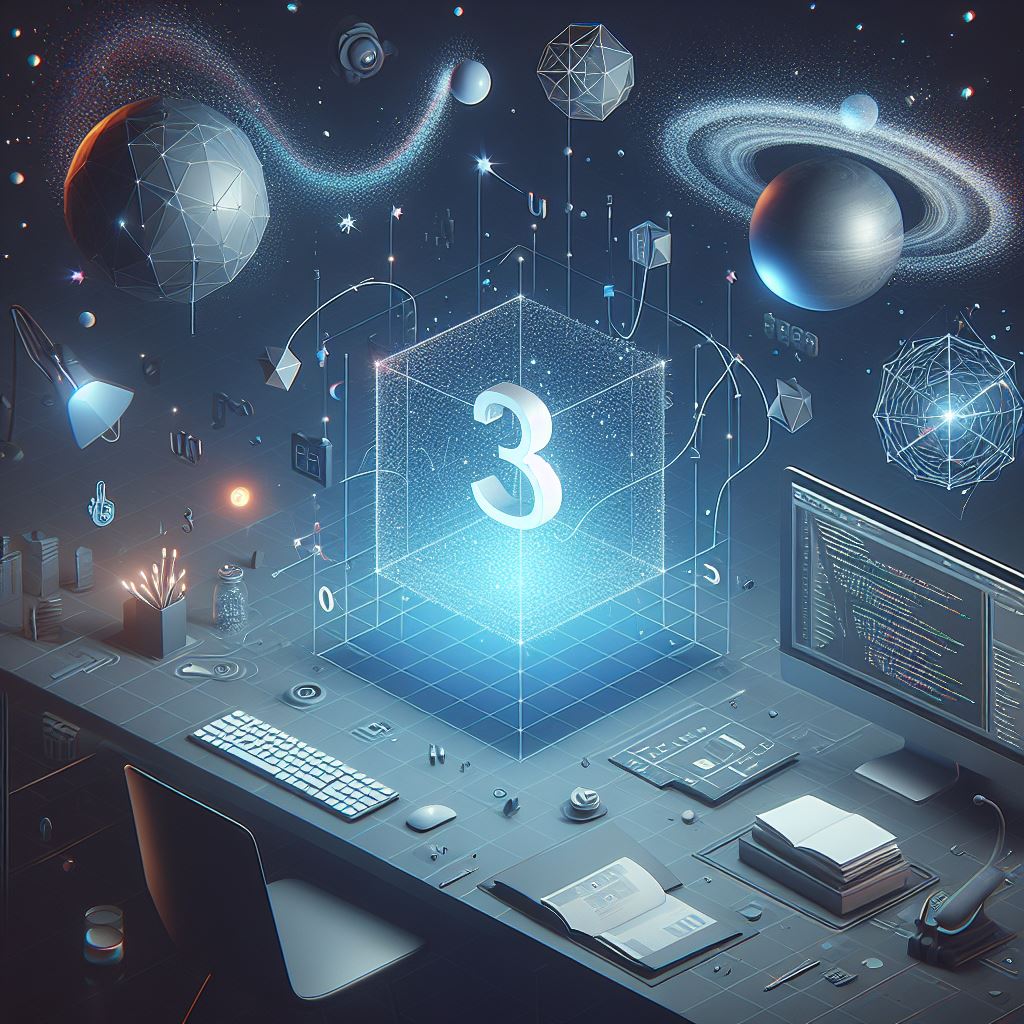
 Doing tasks
Doing tasks